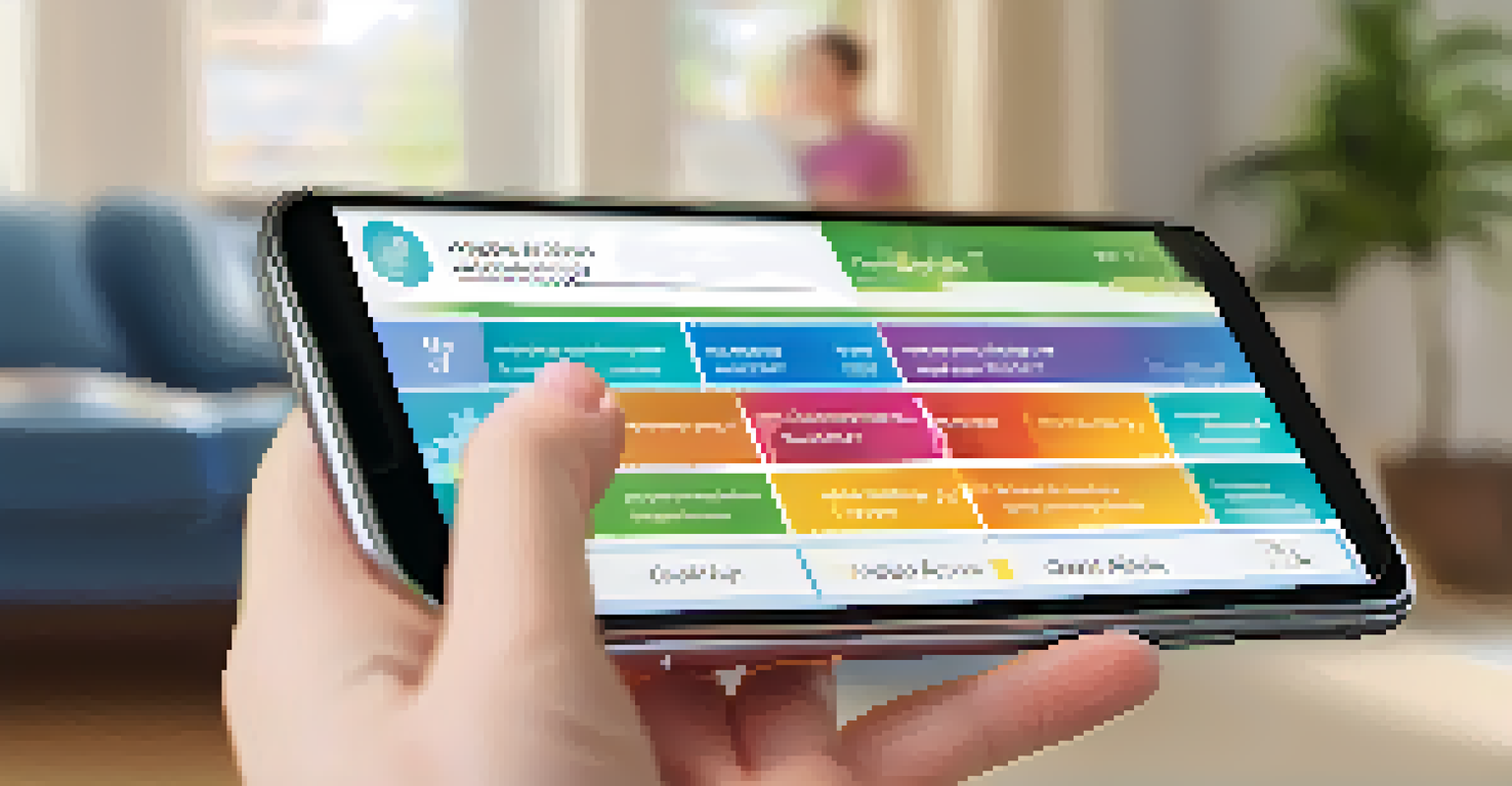The Importance of Clear Communication in Health Literacy

Understanding Health Literacy and Its Impact
Health literacy refers to the ability to obtain, process, and understand basic health information. This skill is crucial for individuals to make informed decisions about their health and navigate the healthcare system effectively. When someone lacks health literacy, they may struggle to follow medical instructions or understand their diagnoses, which can lead to poorer health outcomes.
The single biggest problem in communication is the illusion that it has taken place.
For instance, consider a patient who receives a prescription but cannot read the label. This simple barrier could result in missed doses or incorrect usage, ultimately affecting their recovery. Thus, health literacy isn’t just about reading; it encompasses a wide range of skills including comprehension, decision-making, and communication.
Therefore, enhancing health literacy through clear communication can empower patients, leading to better adherence to treatment plans and improved overall health. It’s essential for healthcare providers to recognize the varying levels of literacy among their patients and adapt their communication strategies accordingly.
The Role of Clear Communication in Healthcare
Clear communication is the backbone of effective healthcare. It ensures that patients understand their conditions, treatment options, and the importance of following medical advice. When healthcare providers communicate clearly, they reduce the risk of misunderstandings that can lead to adverse health effects.

For example, a doctor explaining a complex procedure in simple terms can significantly reduce a patient’s anxiety and increase their willingness to proceed. Visual aids, like diagrams or charts, can further enhance understanding, making it easier for patients to grasp intricate medical concepts.
Health Literacy is Essential
Health literacy enables individuals to make informed health decisions and navigate the healthcare system effectively.
Moreover, clear communication fosters trust between healthcare professionals and patients. When patients feel informed and understood, they are more likely to engage in their care, ask questions, and share concerns, ultimately leading to better health outcomes.
Barriers to Clear Communication in Health Settings
Despite its importance, several barriers hinder clear communication in healthcare. Language differences, for instance, can create significant gaps in understanding between patients and providers. In such cases, interpreters or translated materials can play a vital role in bridging these gaps.
Health literacy is a vital part of patient safety and quality of care.
Additionally, medical jargon can be another obstacle. Terms that are commonplace for healthcare professionals may be completely foreign to patients. It’s crucial for providers to avoid jargon or explain it in layman's terms to ensure patients fully comprehend their health information.
Finally, time constraints in busy healthcare environments can limit the opportunity for thorough communication. Taking just a few extra moments to clarify information can make a world of difference in a patient's understanding and comfort level.
The Importance of Patient-Centered Communication
Patient-centered communication focuses on the needs, preferences, and values of patients. This approach encourages healthcare providers to listen actively and provide information that is relevant to each individual. By prioritizing the patient's perspective, providers can tailor their communication strategies effectively.
For instance, some patients may prefer detailed explanations, while others may just want concise information. By understanding these preferences, healthcare providers can engage in more meaningful conversations that resonate with patients, making them feel valued.
Clear Communication Builds Trust
Effective communication reduces misunderstandings and fosters trust between healthcare providers and patients.
Ultimately, patient-centered communication not only improves health literacy but also enhances the overall patient experience. When patients feel heard and understood, they are more likely to adhere to treatment plans and follow up on their health needs.
Utilizing Technology to Enhance Communication
In our digital age, technology offers innovative solutions to enhance health communication. Telehealth platforms, for example, allow for real-time conversations between patients and healthcare providers, ensuring that questions can be answered promptly. This immediacy can significantly improve understanding and engagement.
Moreover, mobile health applications can provide patients with tailored health information and reminders. These tools not only facilitate communication but also empower patients to take control of their health by providing easy access to their medical records and educational resources.
However, it’s important to ensure that these technologies are user-friendly and accessible to all patients, regardless of their tech-savviness. Striking the right balance between technology and personal interaction is key to effective health communication.
Training Healthcare Professionals for Better Communication
Training healthcare professionals on effective communication strategies is vital for improving health literacy. Workshops and seminars can equip providers with tools to communicate complex information clearly and empathetically. Role-playing scenarios can also help them practice adjusting their communication style to suit different patients.
Additionally, training can raise awareness about the importance of health literacy and its impact on patient outcomes. When healthcare professionals understand the significance of clear communication, they are more likely to prioritize it in their practice.
Technology Enhances Engagement
Utilizing technology like telehealth and mobile apps can improve communication and empower patients in managing their health.
Furthermore, ongoing education on new communication techniques and tools can help providers stay current with best practices. By fostering a culture of continuous learning, healthcare organizations can enhance the quality of care they deliver.
The Future of Health Literacy and Communication
As we move forward, the importance of clear communication in health literacy will only grow. With an increasingly diverse population and more complex health information, the need for effective communication strategies is paramount. This can involve leveraging new technologies, refining training programs, and continuously seeking patient feedback.
Moreover, public health campaigns can play a significant role in promoting health literacy at the community level. By providing accessible resources and information, these campaigns can empower individuals to take charge of their health.

Ultimately, the future of health literacy hinges on our ability to communicate clearly and effectively. By prioritizing this essential skill, we can improve health outcomes and create a more informed and engaged society.